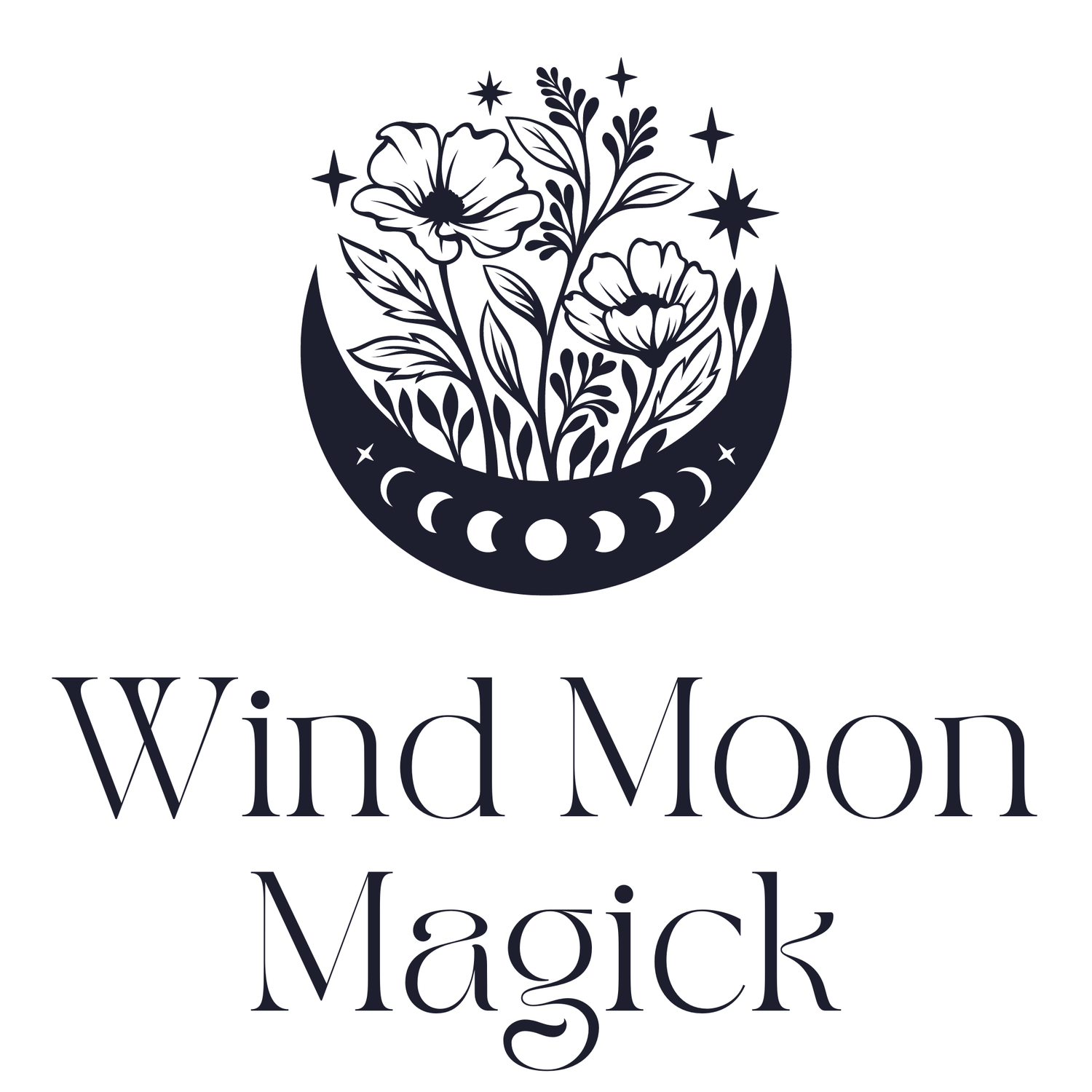Ostara: The Fertility Goddess of Spring and Renewal
As a witch, I am particularly attuned to the natural rhythms of the earth and the cycles of the seasons. And there is no season more filled with magic and possibility than spring, which is why I feel particularly drawn to the goddess Ostara.
To me, Ostara represents everything that is beautiful and hopeful about this time of year. She is the goddess of fertility, renewal, and new beginnings - all qualities that I cherish and seek to cultivate in my life. When I think of Ostara, I imagine fields of vibrant flowers and baby animals frolicking in the sunshine. I am reminded that, no matter how dark and cold the winter may have been, there is always the promise of new life and growth just around the corner.
But for me, Ostara represents more than just the external signs of spring. She also embodies the inner transformation that can happen when we allow ourselves to be open to the possibilities of the universe. When I meditate on Ostara, I am reminded that I have the power to let go of old patterns and beliefs that no longer serve me, and to embrace new ways of being that will help me grow and evolve.
Ostara, also known as Eostre, is a goddess of fertility, renewal, and the dawn. Her name derives from the Germanic word for "east," reflecting her association with the rising sun and the new beginnings of spring. While her origins are somewhat murky, Ostara has become an important figure in modern witchcraft, and her themes and symbolism are celebrated during the spring equinox, also known as Ostara or Eostre.
Origins and History of Ostara
Ostara's origins are difficult to trace, as she was not a well-documented figure in ancient mythologies. However, many scholars believe that she was likely a pre-Christian goddess of Germanic and Anglo-Saxon cultures. According to some sources, Ostara was believed to have been worshipped during the spring equinox as a way to honor the returning warmth and fertility of the earth. Some also associate her with the goddess Ishtar, who was worshipped in ancient Babylon and associated with fertility, love, and war.
Despite the lack of concrete information about Ostara's origins, her name and themes have endured in various cultures and traditions. In fact, many of the symbols and customs associated with Easter, such as the egg and the rabbit, are thought to have been inspired by Ostara.
Traditions and Symbols Associated with Ostara
Ostara is associated with many symbols and customs that reflect her themes of fertility, growth, and renewal. Here are a few:
The egg is perhaps the most well-known symbol associated with Ostara. Eggs are a potent symbol of new beginnings and fertility, and are often used in modern witchcraft as a way to represent growth and potential.
The rabbit, or hare, is another common symbol associated with Ostara. These animals are known for their rapid reproduction and playful energy, and are often seen as a symbol of fertility and abundance.
Spring is a time when the earth comes alive with new growth and color, and many flowers are associated with the Ostara season. Daffodils, crocuses, and tulips are just a few of the flowers that are commonly used in springtime rituals and spells.
As a goddess of the dawn, Ostara is often associated with the rising sun and the warmth and light that it brings. Fire is also a symbol of transformation and change, making it a powerful tool for Ostara rituals and spells.
Modern Place of Ostara in Witchcraft
Today, Ostara has become an important figure in modern witchcraft, and her themes and symbols are often incorporated into springtime rituals and celebrations. Many witches use this time to focus on new beginnings, fresh starts, and growth, and to set intentions for the coming months. Some also use this time to perform spells and rituals related to fertility, creativity, and abundance.
One of the most popular ways to celebrate Ostara is by creating an altar or ritual space that incorporates some of the symbols and traditions associated with the holiday. This might include candles, flowers, eggs, and other items that represent growth and renewal. Some witches also perform divination or tarot readings during this time, using the energy of Ostara to gain insight into their path and purpose.
While the history of Ostara may be shrouded in mystery, her themes of growth, fertility, and renewal continue to resonate with modern witches. Whether you choose to celebrate the spring equinox with rituals, spells, or simply by connecting with nature, the energy of Ostara can be a powerful force for transformation and growth in your practice.
Of course, there are many ways to honor Ostara and connect with her energy. I often celebrate this time of year by taking long walks in nature, tending to my garden, or performing rituals that focus on new beginnings and growth. I also like to spend time reflecting on the areas of my life where I feel stuck or stagnant, and to consider how I might invite more fertility and abundance into those areas.
Ultimately, Ostara represents the hope and potential that lives within all of us, no matter what challenges we may face. I feel blessed to have her as a guide and ally on my journey as a witch, and I hope that you too can find inspiration and joy in her energy this spring.


